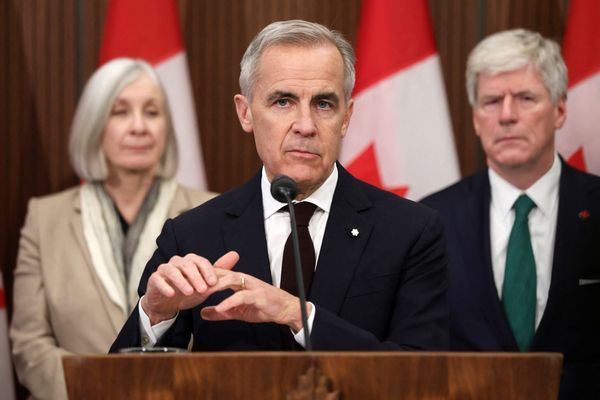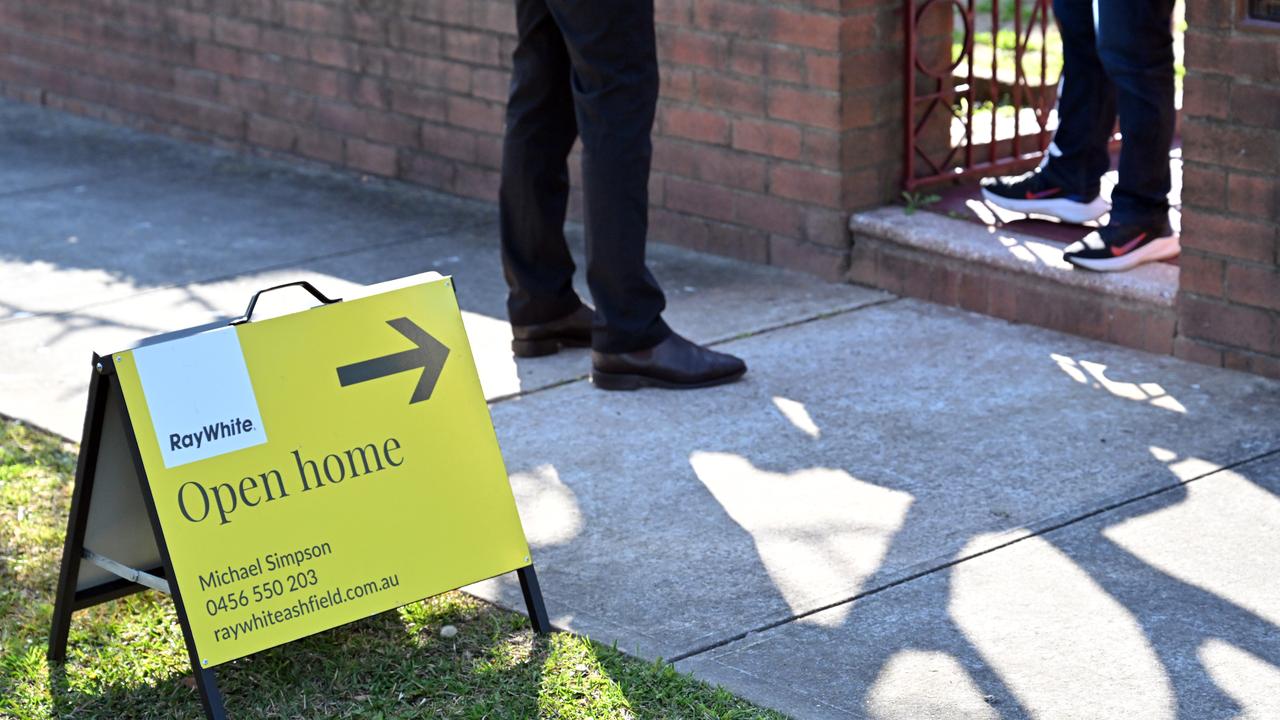
Cheers have mixed with shouted expletives in a town hall as a plan to usher in thousands of new homes reached its final airing.
Even the prime minister had caught wind of the fierce debate raging in Ashfield, in Sydney's inner west, over a controversial plan to dramatically scale up housing and increase density in areas characterised by century-old neighbourhoods.
The dispute over the council's plan for up to 30,000 new homes in the once rough-and-ready, now-gentrified area provides a microcosm of battles playing out in Australian cities as ambitious housing targets collide with local opposition.
New apartment blocks up to 10 storeys high along an upgraded metro line in the enclaves of Marrickville and Dulwich Hill will bring down housing costs and stem the exodus of young people priced out of the nation's most expensive city, advocates say.
But opponents - some recoiling at being labelled anti-development NIMBYs - question whether property developers and the rich will be the biggest winners of the nationwide push for 1.2 million well-located homes by mid-2029.
The NSW government has been accused of "toxic masculinity" for its plans to build a new train station and raise building heights at Woollahra in Sydney's affluent east, while the Victorian government's similar upzonings sparked protests in the bayside suburb of Brighton.
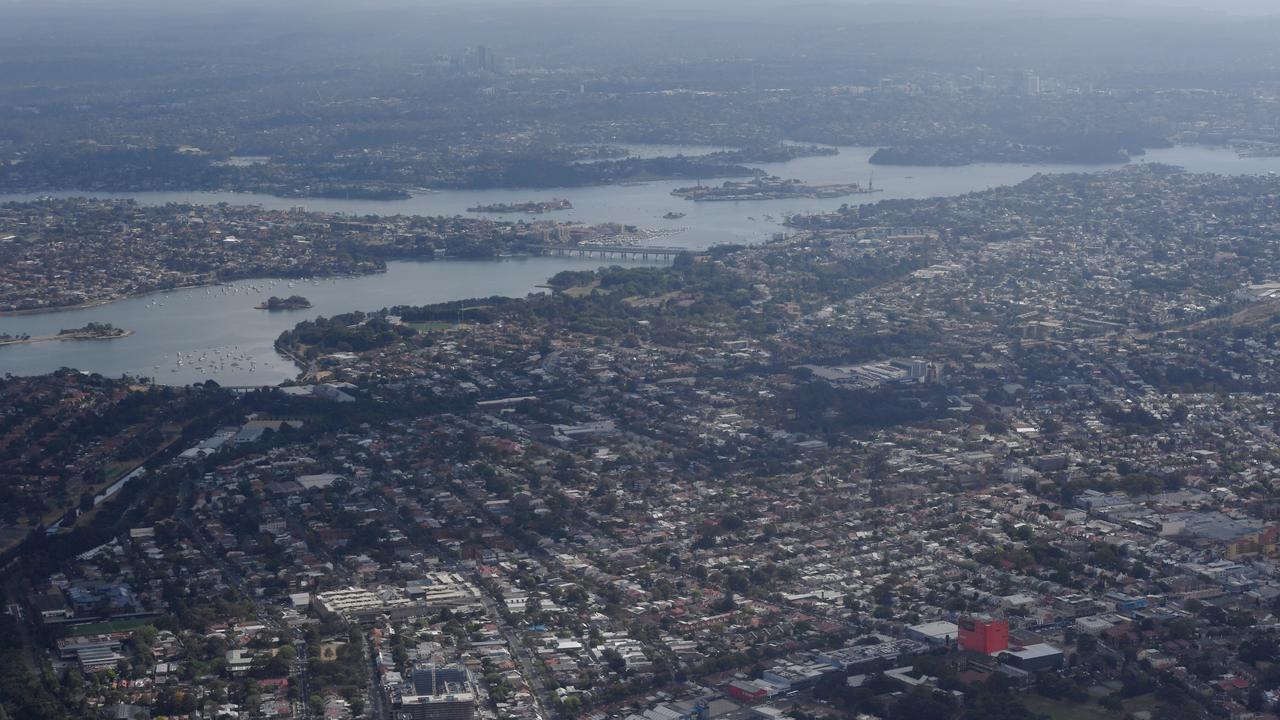
Justin Simon, an inner-west resident who helms pro-housing group Sydney YIMBY, said it was hard to overstate the significance of the council vote.
Plans to upzone the corridor had been kicked around since 2015.
In the past five years, rents in Marrickville and Dulwich Hill have climbed more than 50 per cent, forcing some to head for the hills and beyond.
"The failure to act previously has had devastating effects," he told AAP.
"Personally, I've seen a bunch of friends and my kids' friends being priced out of Sydney and it's clear that the community is saying that we've had enough of this."
The council approved the plan, but support was far from unanimous.
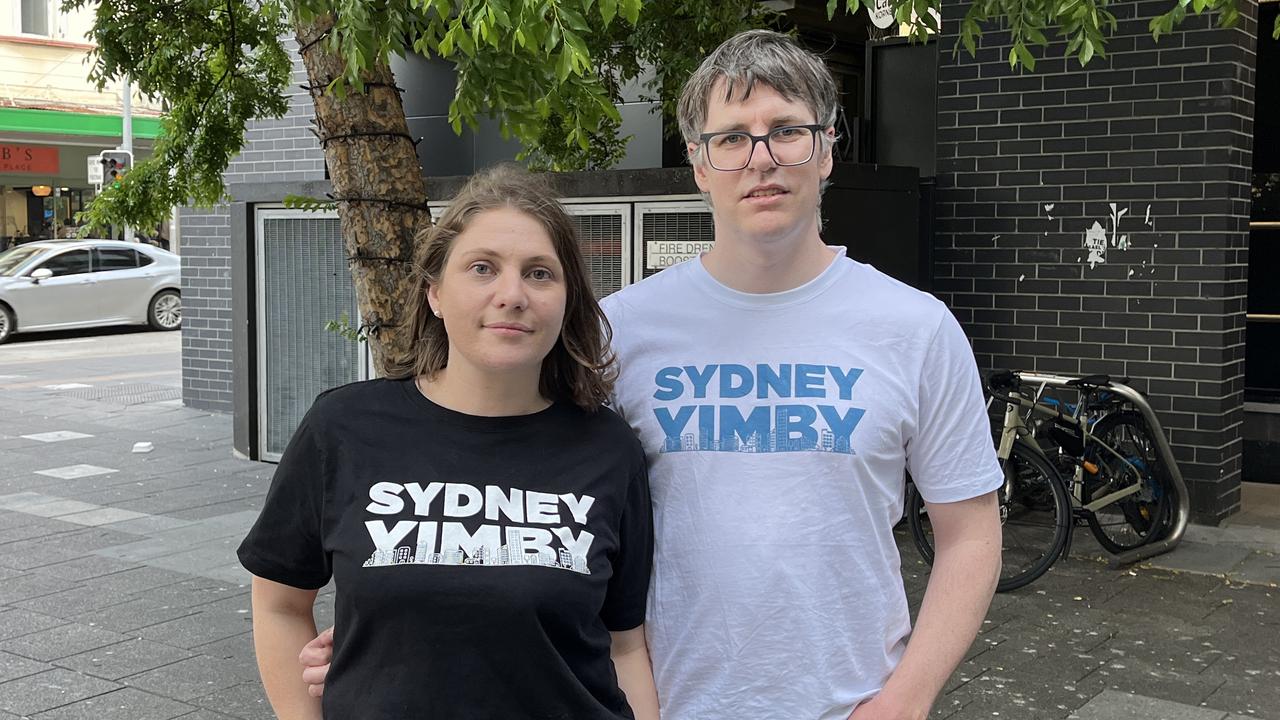
Before the vote, irate residents rallied outside council chambers, confronting the councillors who were preparing to "sell out" their community.
Hecklers yelled "bullshit" when Labor councillors spoke in favour of the plan.
The Better Future Coalition - a broad front counting young socialists and grey-haired heritage enthusiasts in its ranks - says more luxury apartments will not make homes in the area more affordable and will only benefit property developers.
They argue the inner west is already one of Australia's densest locales.
Andrew Mara, whose Marrickville home will be rezoned, resents being lumped into the not-in-my-backyard camp for questioning the specifics of the plan.
He said he was in favour of more homes when done right.
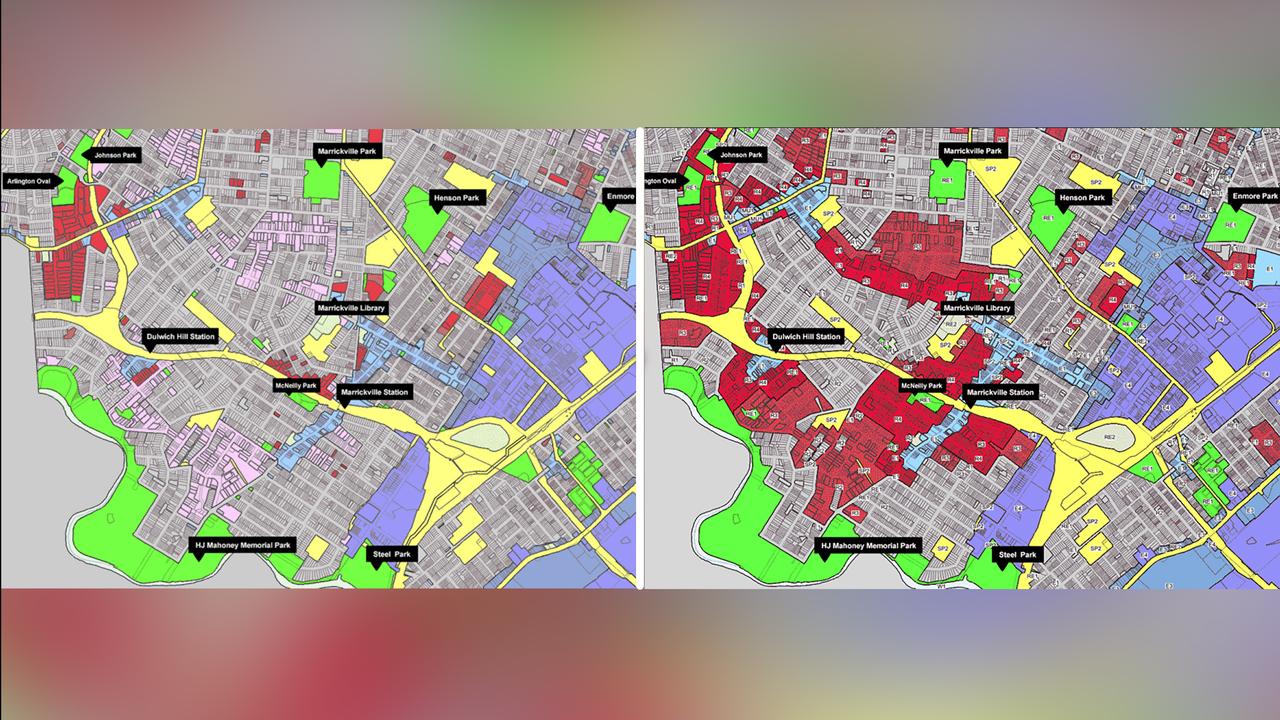
"Wanting something done better doesn't make you a NIMBY. Surely that makes you a BIMBY - better in my backyard," he said.
Doodie Herman, a Leichhardt resident since 1990, said the area already suffered from a shortage of green space.
She disputed the council's claim that going well over state government area targets of 7800 new homes over five years would deliver more, lower-priced homes.
"'Oh, there's a housing crisis, we have to increase the number of houses and that supply will affect demand, and therefore prices will drop' - that argument just doesn't hold water," she said.
Mainstream economists beg to differ, while international experience, from Auckland to Austin, shows increasing density through rezoning resulted in lower rent and housing costs.
Upzoning was a step in the right direction, the head of research at property analytics firm Cotality said.
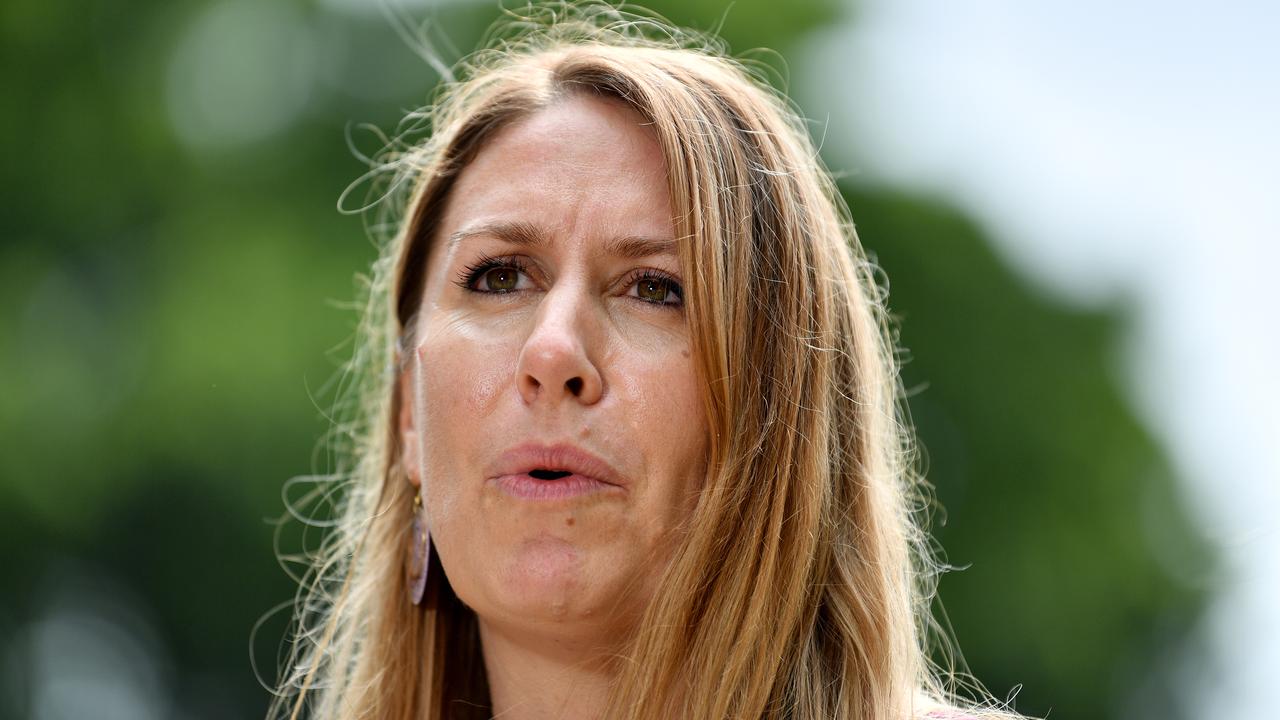
But even with more flexible planning arrangements, tight labour supply and high material costs were stretching feasibility for developers, Tim Lawless said.
"I don't really see the rubber hitting the pavement until profitability returns to the sector," he said.
Supporters of the plan also baulked at efforts to bed in affordability into the newly developed homes.
Greens state MP Kobi Shetty, whose electorate overlaps with much of the council area, said requirements that two to five per cent of dwellings in new developments be rented out at below market rates were too low to make a dent.
"I'm concerned it's just not going to have any sort of impact on the housing crisis," she said.
Ms Shetty declined to nominate how many new homes she would like to see, but the Greens called for affordable housing requirements to be lifted to 30 per cent.
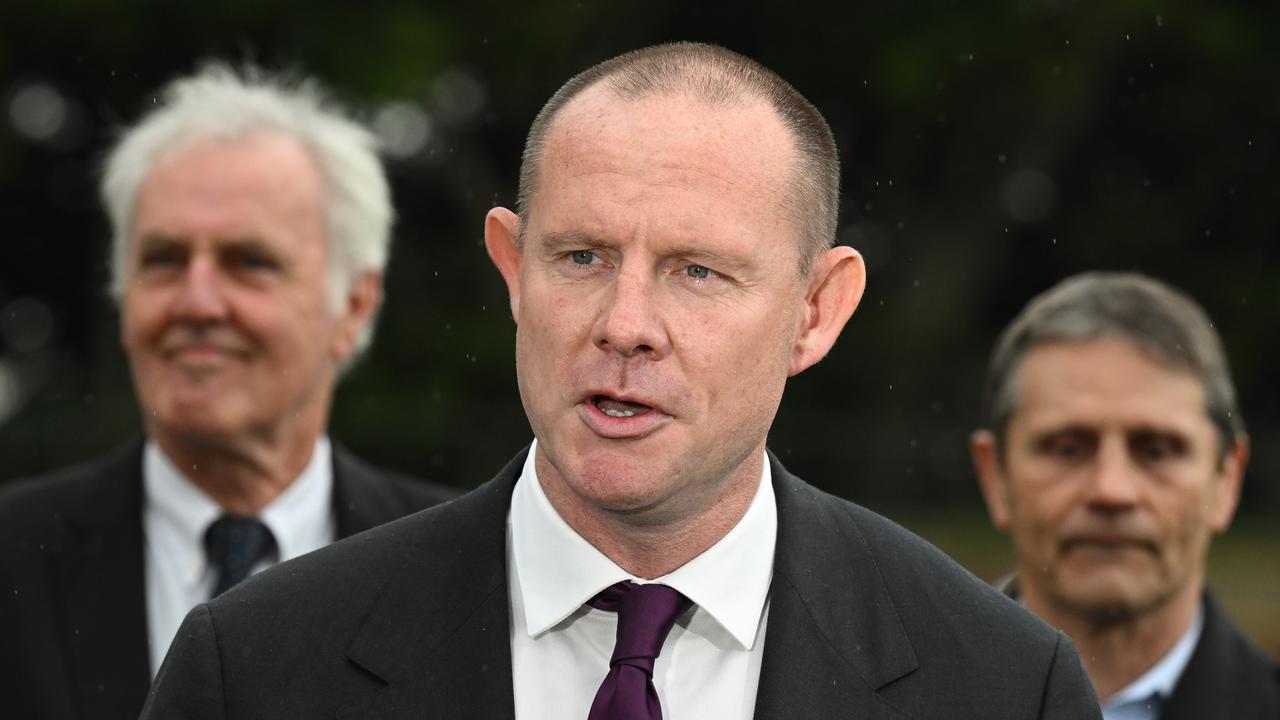
An Atlas Economics report commissioned by the council found that to make even 10 per cent affordable housing feasible for developers, height limits would have to be drastically increased, resulting in 40-storey towers.
"That truly would obliterate the character of our neighbourhoods," Inner West Council's Labor Mayor Darcy Byrne told AAP.
His party colleagues cast the affordability argument as another weapon in the NIMBY arsenal.
"The term NIMBY was coined to describe exactly this sort of behaviour: people who mouth platitudes in support of housing but it's always 'not here, not in this way, no, no, no'," NSW Housing Minister Rose Jackson said.
The original plan was heavily amended - including a promise to turn five council car parks into social housing and a requirement that 30 per cent of any church land turned into housing be reserved for affordable dwellings - but the final vote proved simple.
Seven councillors from Liberal, Greens and independents stood against the plan, while the mayor and seven other Labor colleagues supported it.
Marrickville resident Anthony Albanese, who grew up in social housing in the inner-west suburb of Camperdown, was among the first to congratulate the council for passing the plan.
"They understand that we need to boost supply and particularly in areas like this, with good access to public transport, good quality housing matters," the prime minister told reporters in the nearby suburb of Annandale on Wednesday.
But the debate and the battle is far from over.
Ms Herman is eyeing council elections in 2028 when the Labor-controlled council's resolve will be tested in the face of a vocal bloc eager to overturn the housing plan.
"We're concerned ... this council is behaving more like an arm of the state government than a council that is serving its residents," she said.
"So the job really is to change the council."




